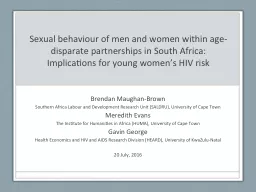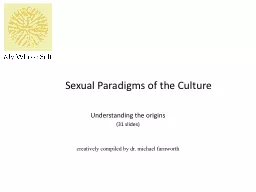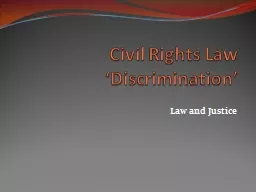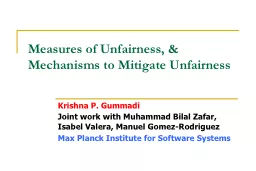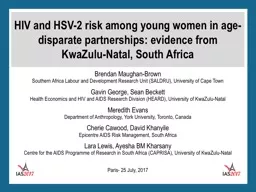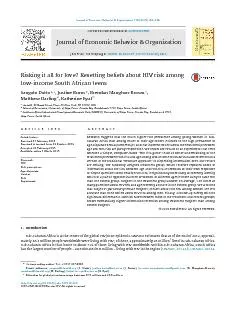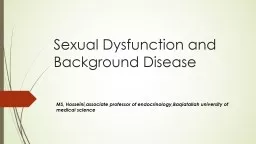PPT-Sexual behaviour of men and women within age-disparate part
Author : olivia-moreira | Published Date : 2017-03-31
Brendan MaughanBrown Southern Africa Labour and Development Research Unit SALDRU University of Cape Town Meredith Evans The Institute for Humanities in Africa
Presentation Embed Code
Download Presentation
Download Presentation The PPT/PDF document "Sexual behaviour of men and women within..." is the property of its rightful owner. Permission is granted to download and print the materials on this website for personal, non-commercial use only, and to display it on your personal computer provided you do not modify the materials and that you retain all copyright notices contained in the materials. By downloading content from our website, you accept the terms of this agreement.
Sexual behaviour of men and women within age-disparate part: Transcript
Download Rules Of Document
"Sexual behaviour of men and women within age-disparate part"The content belongs to its owner. You may download and print it for personal use, without modification, and keep all copyright notices. By downloading, you agree to these terms.
Related Documents

